This year we have seen legislation introduced to further protect and enhance our local open spaces and public lands.
HR3039, the San Gabriel Mountains Forever Act. Judy Chu introduced this bill in June. The bill would establish two new units of Wilderness within the Angeles National Forest. CORBA worked for two years with wilderness advocates to ensure these newly-proposed designations would not impact trails used by mountain bikers. The bill establishes the Condor Peak Wilderness and Yerba Buena Wilderness units, separated by the Condor Peak Trail. Condor Peak trail and Trail Canyon trail to the waterfall and campground would remain open to bicycles under this new designation.
Rim of the Valley Corridor Preservation Act, S1993/HR4086.
This bill by Adam Schiff/Diane Feinstein would expand the boundary of the Santa Monica Mountains National Recreation Area to include open spaces around the Conejo, Simi, San Fernando, La Crescenta and Verdugo valleys. It does not change any land ownership or management but allows the National Park Service to partner with current land managers to improve habitat, wildlife corridors, and recreational opportunities. It puts into action the findings of the Rim of the Valley Corridor Study. It does not impact bicycle access to trails and could improve recreational opportunities.
H.R. 2323: San Gabriel Mountains Foothills and Rivers Protection Act. This act introduced by Judy Chu would establish the San Gabriel National Recreation Area as a unit of the National Park System. The NRA would cover river corridors and open spaces from the Angeles National Forest border through the San Gabriel Valley. It does not create any new federally-managed public land. It would allow the National Park Service to partner with existing land managers to improve habitat, biodiversity, and recreational access. It would also expand the boundary of the San Gabriel Mountains National Monument to include areas of the Angeles Front Country that are currently outside the Monument.
While these bills have been introduced, it remains to be seen whether they will make it out of their respective committees.
CORBA’s mission includes the protection of the places we play. Nationally, as the current administration proposes major changes to environmental regulations, national monument boundaries (our San Gabriel Mountains National Monument is not expected to be a target of boundary reductions), forest management practices, permitted uses, we stand ready to speak up for our local public lands and the recreational opportunities they provide and we all cherish.


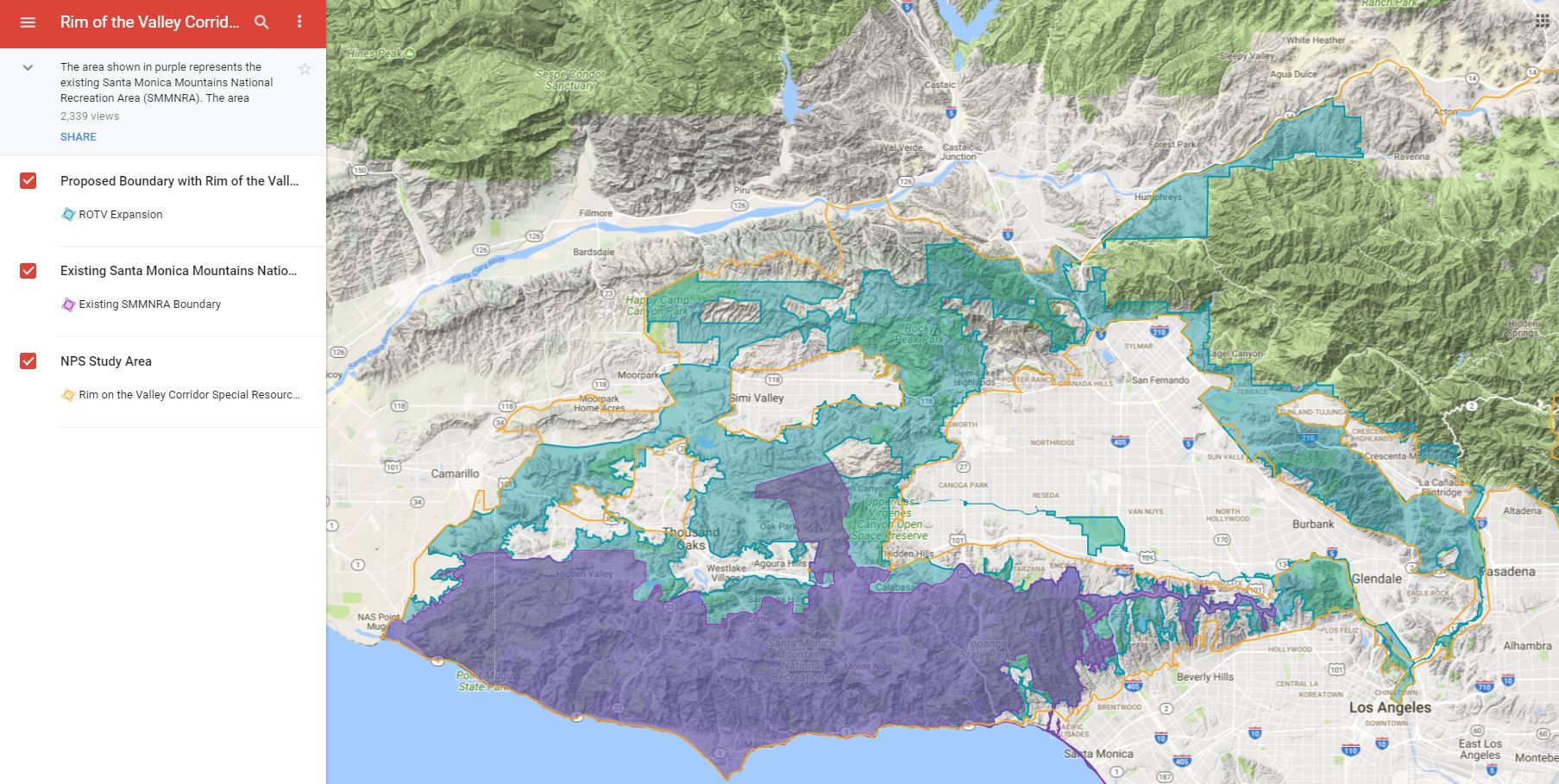
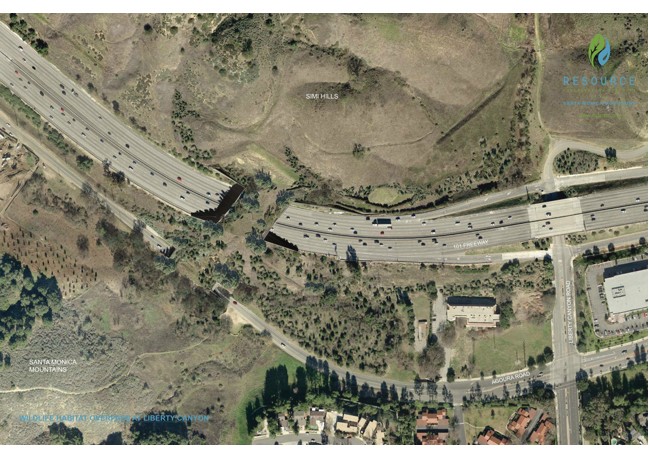

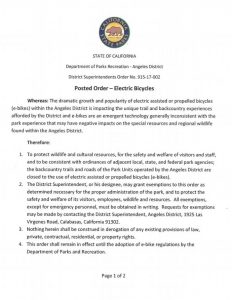
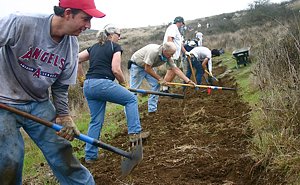 This annual Conejo Valley event always helps to put some very sweet trails into good shape. Be sure to stay afterwards for the free lunch and raffle.
This annual Conejo Valley event always helps to put some very sweet trails into good shape. Be sure to stay afterwards for the free lunch and raffle.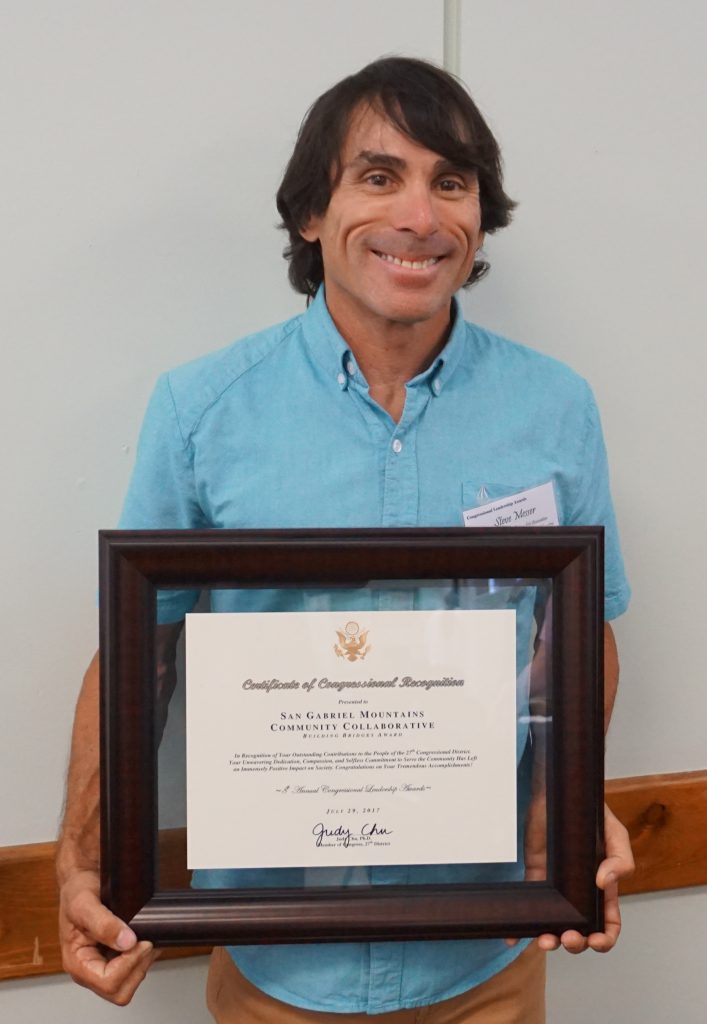
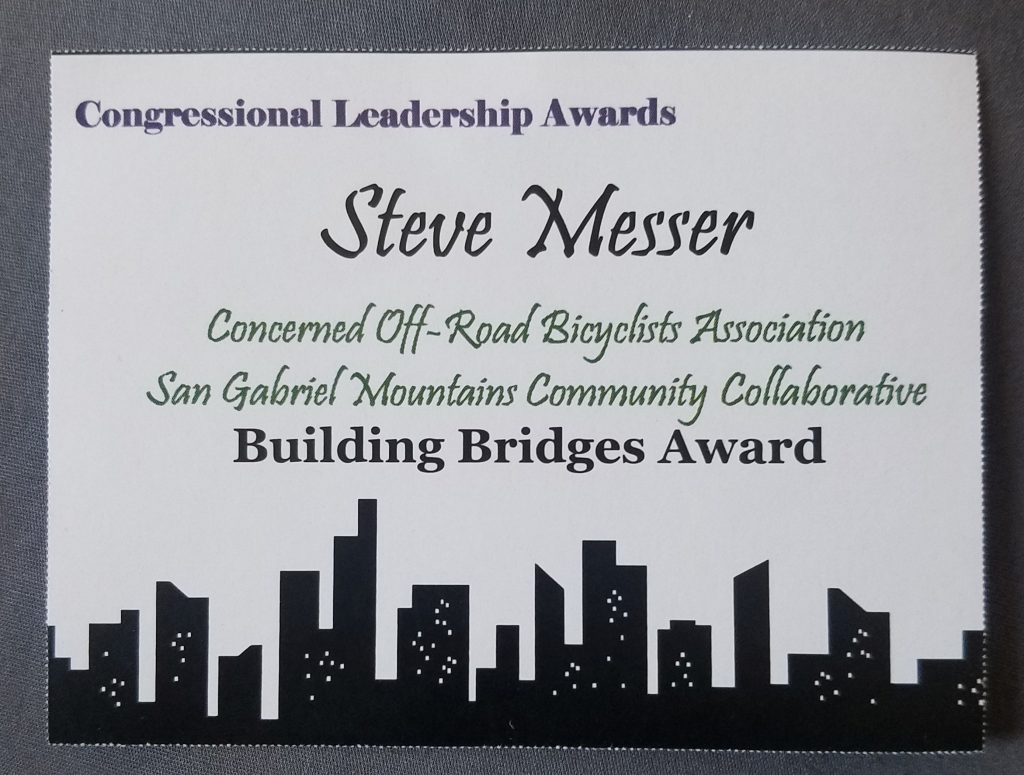

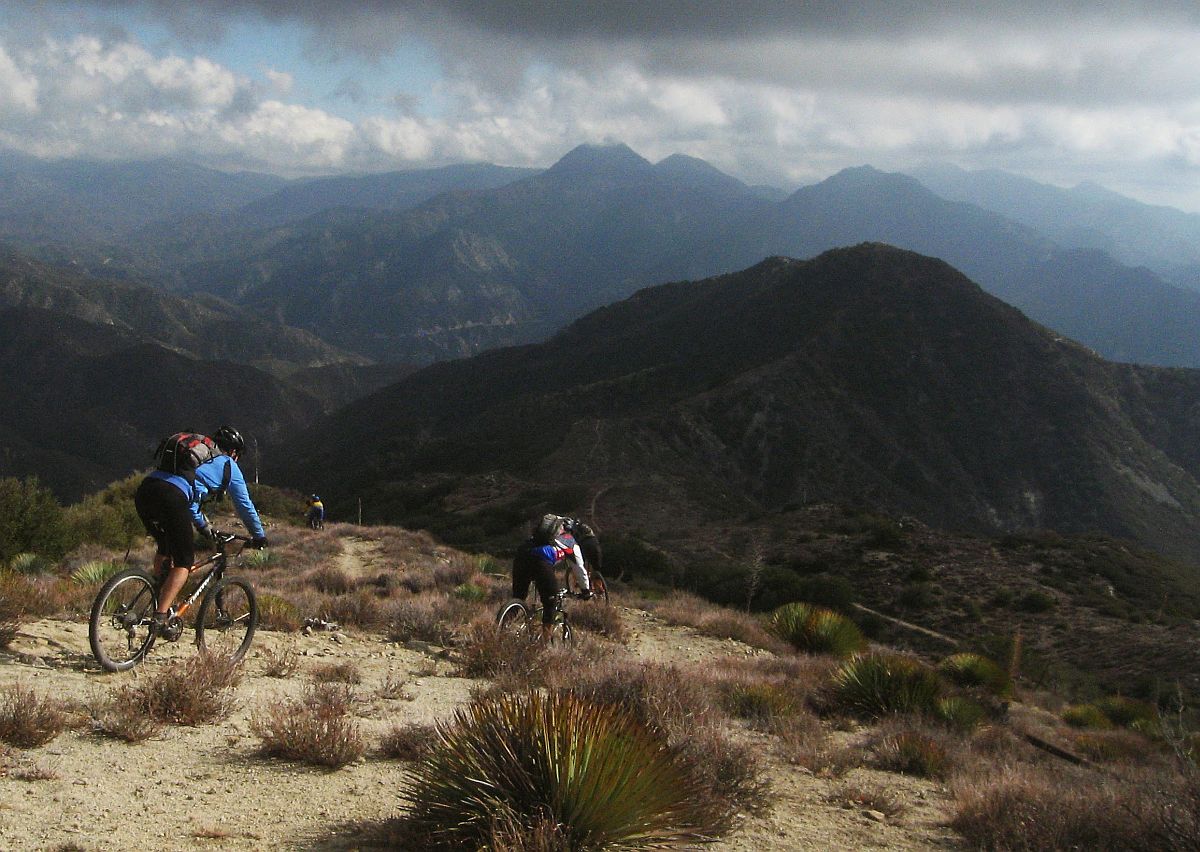
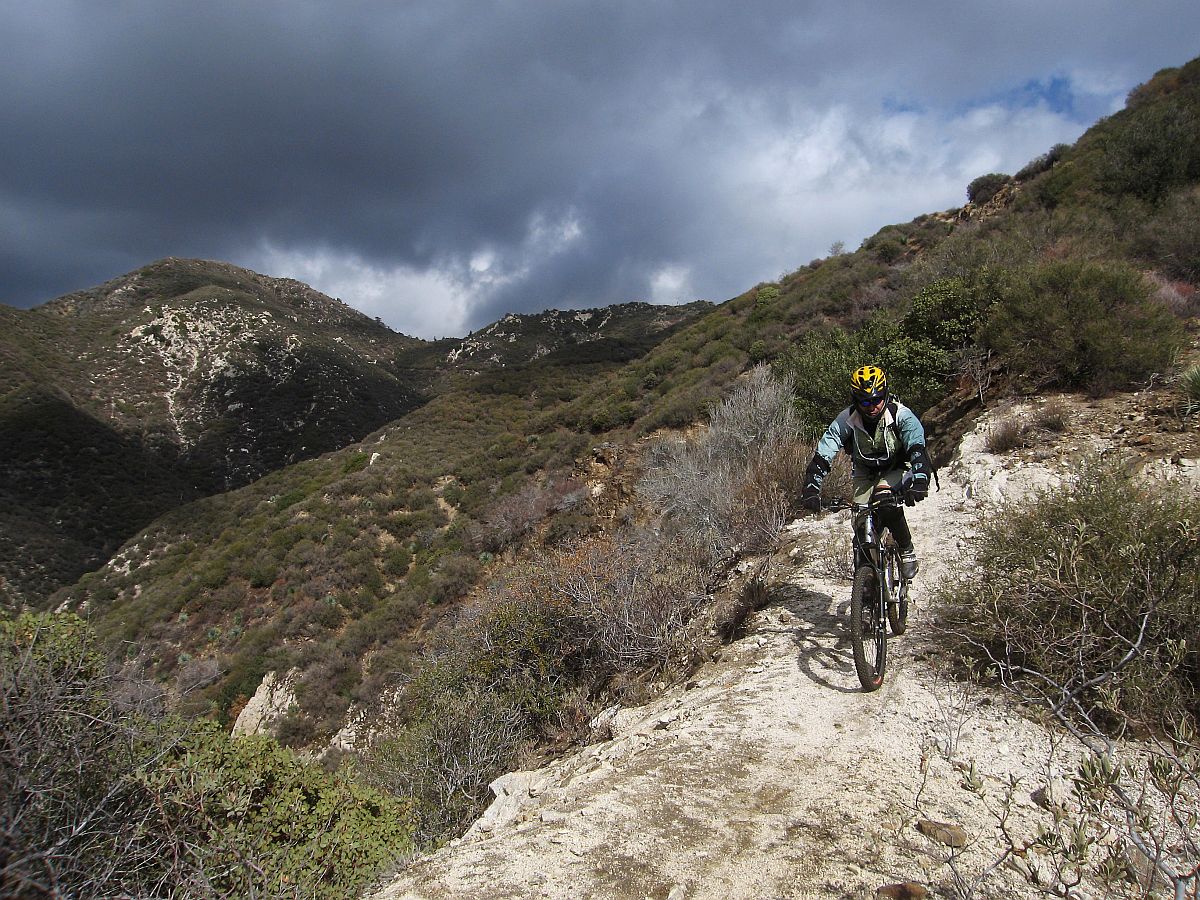
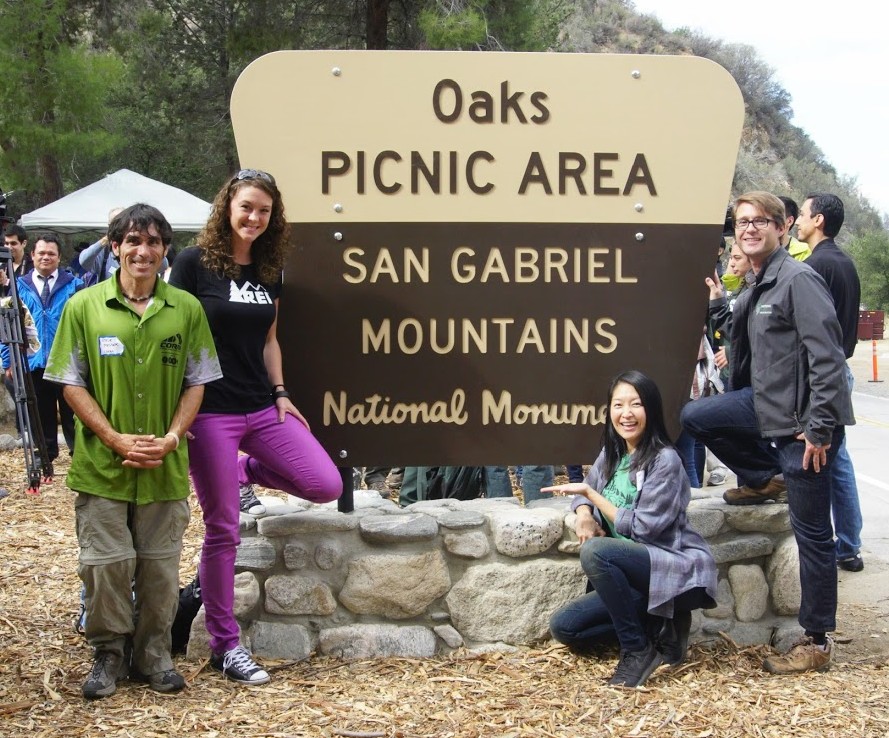
 “Active Community Transportation Act of 2010” Introduced in the U.S. House of Representatives
“Active Community Transportation Act of 2010” Introduced in the U.S. House of Representatives
